- Clone
- SMI 34 (See other available formats)
- Regulatory Status
- RUO
- Other Names
- Neurofilament heavy polypeptide, NF-H, 200 kD neurofilament protein, neurofilament triplet H protein
- Isotype
- Mouse IgG1, κ
- Ave. Rating
- Submit a Review
- Product Citations
- publications

-

IHC staining of purified anti-Neurofilament H (NF-H), Phosphorylated antibody (clone SMI 34) on formalin-fixed paraffin-embedded mouse brain tissue. Following antigen retrieval using Retrieve-All Antigen Unmasking System 3: Acidic, 100X (Cat. No. 927601), the tissue was incubated with 5 µg/ml of the primary antibody for 60 minutes at room temperature. BioLegend´s Ultra-Streptavidin (USA) HRP kit (Multi-Species, DAB, Cat. No. 929901) was used for detection followed by hematoxylin counterstaining, according to the protocol provided. The image was captured with a 40X objective. Scale bar: 50 µm -

IHC staining of purified anti-Neurofilament H (NF-H), Phosphorylated antibody (clone SMI 34) on formalin-fixed paraffin-embedded rat brain tissue. Following antigen retrieval using Retrieve-All Antigen Unmasking System 3: Acidic, 100X (Cat. No. 927601), the tissue was incubated with 5 µg/ml of the primary antibody for 60 minutes at room temperature. BioLegend´s Ultra-Streptavidin (USA) HRP kit (Multi-Species, DAB, Cat. No. 929901) was used for detection followed by hematoxylin counterstaining, according to the protocol provided. The image was captured with a 40X objective. Scale bar: 50 µm -

IHC staining of purified anti-Neurofilament H (NF-H), Phosphorylated antibody (clone SMI 34) on formalin-fixed paraffin-embedded human brain tissue. Following antigen retrieval using Retrieve-All Antigen Unmasking System 3: Acidic, 100X (Cat. No. 927601), the tissue was incubated with 5 µg/ml of the primary antibody for 60 minutes at room temperature. BioLegend´s Ultra-Streptavidin (USA) HRP kit (Multi-Species, DAB, Cat. No. 929901) was used for detection followed by hematoxylin counterstaining, according to the protocol provided. The image was captured with a 40X objective. -

Western blot of purified anti-Neurofilament H (NF-H), Phosphorylated antibody (clone SMI 34). Lane 1: Molecular weight marker; Lane 2: 20 µg of mouse brain lysate; Lane 3: 20 µg of rat brain lysate. The blot was incubated with 5 µg/mL of the primary antibody overnight at 4°C, followed by incubation with HRP labeled goat anti-mouse IgG (Cat. No. 405306). Enhanced chemiluminescence was used as the detection system.
| Cat # | Size | Price | Save |
|---|---|---|---|
| 835504 | 25 µg | ¥24,640 | |
| 835503 | 100 µg | ¥60,720 |
Neurofilaments (NF) are approximately 10 nanometer intermediate filaments found in neurons. They are a major component of the neuronal cytoskeleton, and function primarily to provide structural support for the axon and regulate axon diameter. There are three major NF subunits, and the names given to these subunits are based upon the apparent molecular mass of the mammalian subunits on SDS-PAGE: The light or lowest (NF-L) runs at 68-70 kD. The medium or middle (NF-M) runs at about 145-160 kD. The heavy or highest (NF-H) runs at 200-220 kD. However, the actual molecular weight of these proteins is considerably lower due to the highly charged C-terminal regions of the molecules. The level of NF gene expression correlates with axonal diameter, which controls how fast electrical signals travel down the axon. Mutant mice with NF abnormalities have phenotypes resembling amyotrophic lateral sclerosis. NF immunostaining is common in diagnostic neuropathology. It is useful for differentiating neurons (positive for NF) from glia (negative for NF).
Product DetailsProduct Details
- Verified Reactivity
- Human, Mouse, Rat
- Antibody Type
- Monoclonal
- Host Species
- Mouse
- Formulation
- Phosphate-buffered solution, pH 7.2, containing 0.09% sodium azide.
- Preparation
- The antibody was purified by affinity chromatography.
- Concentration
- 0.5 mg/ml
- Storage & Handling
- The antibody solution should be stored undiluted between 2°C and 8°C.
- Application
-
IHC-P - Quality tested
WB - Verified - Recommended Usage
-
Each lot of this antibody is quality control tested by immunohistochemistry. For immunohistochemistry, a concentration range of 1.0 - 10.0 μg/ml is suggested. For Western blotting, the suggested use of this reagent is 1.0 - 10.0 µg/ml. It is recommended that the reagent be titrated for optimal performance for each application.
- Application Notes
-
SMI 34 reacts with a phosphorylated epitope in extensively phosphorylated neurofilament H and, to a lesser extent, with neurofilament M in most mammalian species, as well as in chicken. Immunohistochemically, SMI 34 reacts broadly with thick and thin axons and some dendrites such as basket cell dendrites, but not Purkinje cell dendrites. Nerve cell bodies are generally unreactive. Other cells and tissues are unreactive except for peripheral axons. Phosphatase treatment of tissue sections or Western blots abolishes reaction with SMI 34. Staining is unaffected by trypsin. In pathological conditions, reaction with SMI 34 may be found also in neuronal cell bodies. In Alzheimer's disease, SMI 34 reacts with intraneuronal tangles but does not react with extraneuronal (ghost) tangles. It is the only anti-phosphoneurofilament that reacts regularly with Alzheimer tangles. It does not cross-react at concentrations of 1:20,000 with Alzheimer MAP-Tau in immunoblots, demonstrating, thereby, the presence of neurofilaments in Alzheimer tangles.
Clone is less reactive in human samples in Western Blotting applications. -
Application References
(PubMed link indicates BioLegend citation) -
- Giasson BI, Mushynski WE. 1996. J. Biol. Chem. 271:30404.
- Zhang H, et al. 1989. Proc. Natl. Acad. Sci. USA 86:8045.
- Cork LC, et al. 1986. J. Neuropathol. Exp. Neurol. 45:56.
- Sternberger NH, et al. 1985. Proc. Natl. Acad. Sci. USA 82:4274.
- Shea TB, Beermann ML. 1993. J. Neuroimmunol. 1:117. (WB)
- Mandelkow EM, et al. 1992. Proc. Natl. Acad. Sci. USA 12:5384. (WB)
- Wataya T, et al. 2002. J. Biol. Chem. 7:4644. (IHC, WB)
- Redondo J, et al. 2014. Brain Pathol. 25:692. (IF)
- Giasson BI, Mushynski WE. 1997. J. Neurosci. 24:9466. (WB)
- Duffy KR, Livingstone MS. 2005. Cereb. Cortex 8:1146. (IHC)
- Product Citations
-
- RRID
-
AB_2572004 (BioLegend Cat. No. 835504)
AB_2572004 (BioLegend Cat. No. 835503)
Antigen Details
- Structure
- Neurofilament H runs at 200-220 kD.
- Interaction
- SMI 34 reacts broadly with thick and thin axons and some dendrites such as basket cell dendrites, but not Purkinje cell dendrites. Nerve cell bodies are generally unreactive. Other cells and tissues are unreactive except for peripheral axons.
- Cell Type
- Mature Neurons
- Biology Area
- Cell Biology, Cell Motility/Cytoskeleton/Structure, Neuroscience, Neuroscience Cell Markers
- Molecular Family
- Intermediate Filaments, Phospho-Proteins
- Gene ID
- 4744 View all products for this Gene ID
- UniProt
- View information about Neurofilament H on UniProt.org
Related Pages & Pathways
Pages
Related FAQs
Other Formats
View All Neurofilament H (NF-H), Phosphorylated Reagents Request Custom Conjugation| Description | Clone | Applications |
|---|---|---|
| Purified anti-Neurofilament H (NF-H), Phosphorylated | SMI 34 | IHC-P,WB |
Customers Also Purchased
Compare Data Across All Formats
This data display is provided for general comparisons between formats.
Your actual data may vary due to variations in samples, target cells, instruments and their settings, staining conditions, and other factors.
If you need assistance with selecting the best format contact our expert technical support team.
-
Purified anti-Neurofilament H (NF-H), Phosphorylated
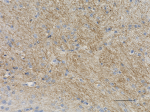
IHC staining of purified anti-Neurofilament H (NF-H), Phosph... 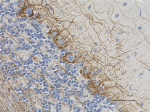
IHC staining of purified anti-Neurofilament H (NF-H), Phosph... 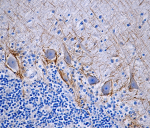
IHC staining of purified anti-Neurofilament H (NF-H), Phosph... 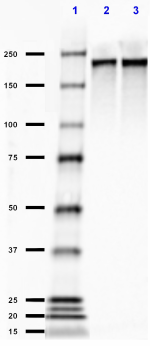
Western blot of purified anti-Neurofilament H (NF-H), Phosph...




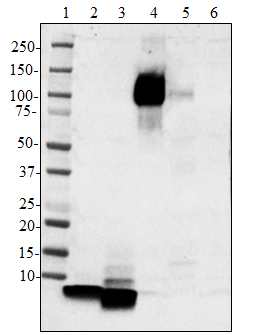
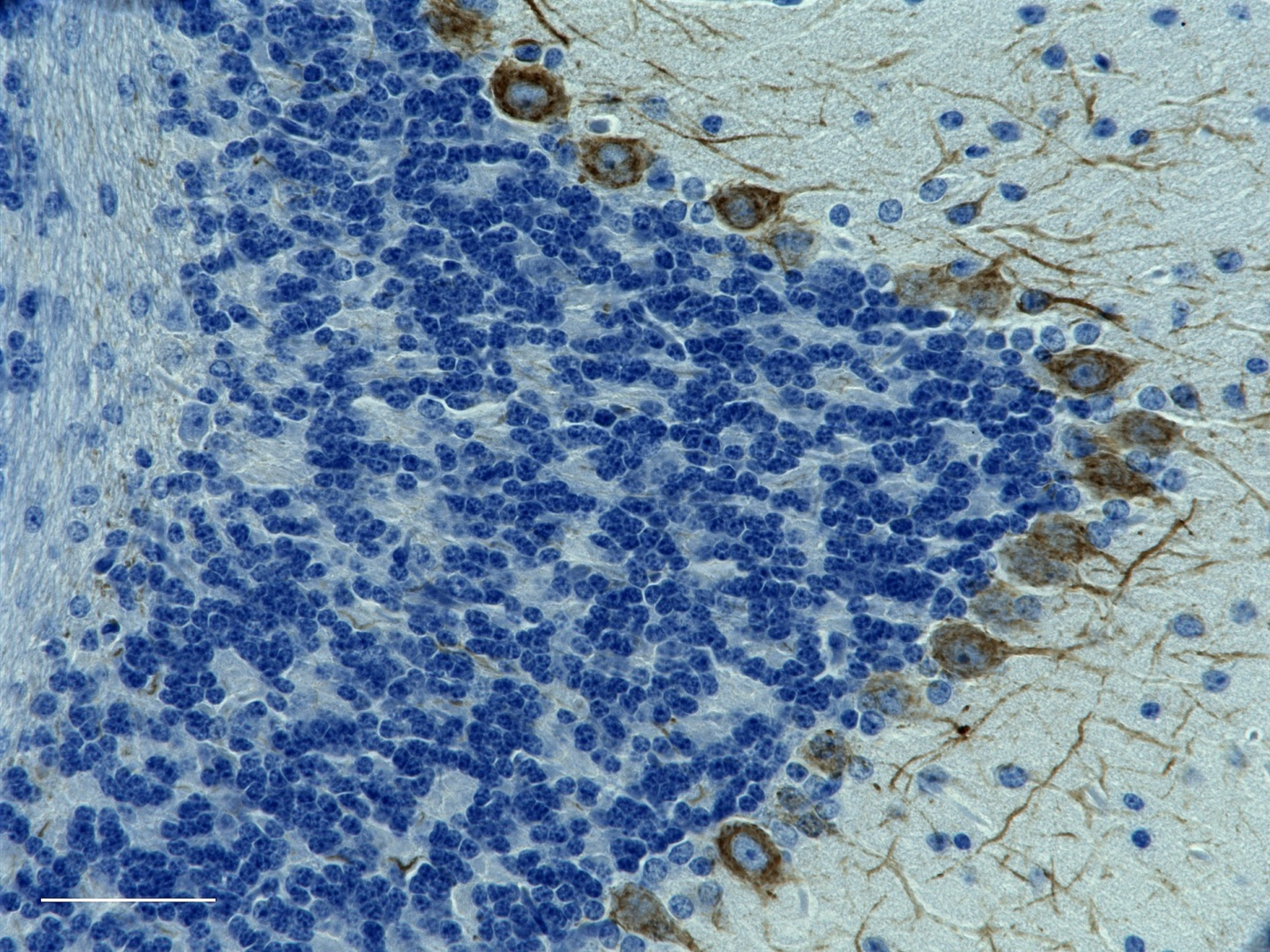
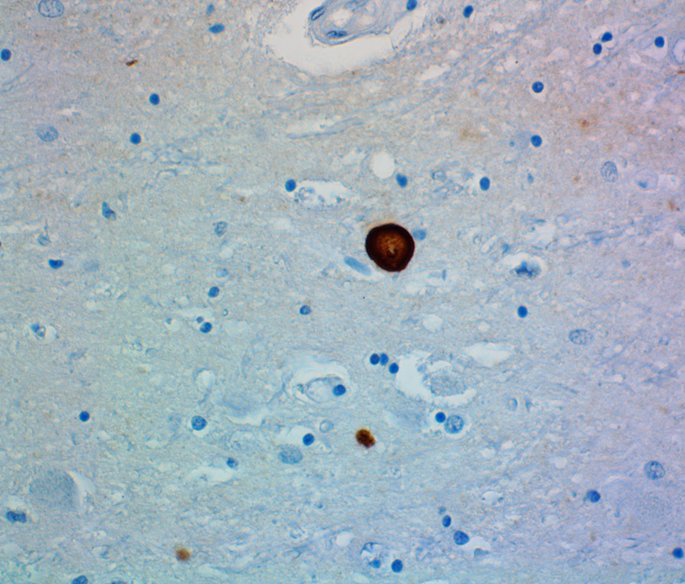
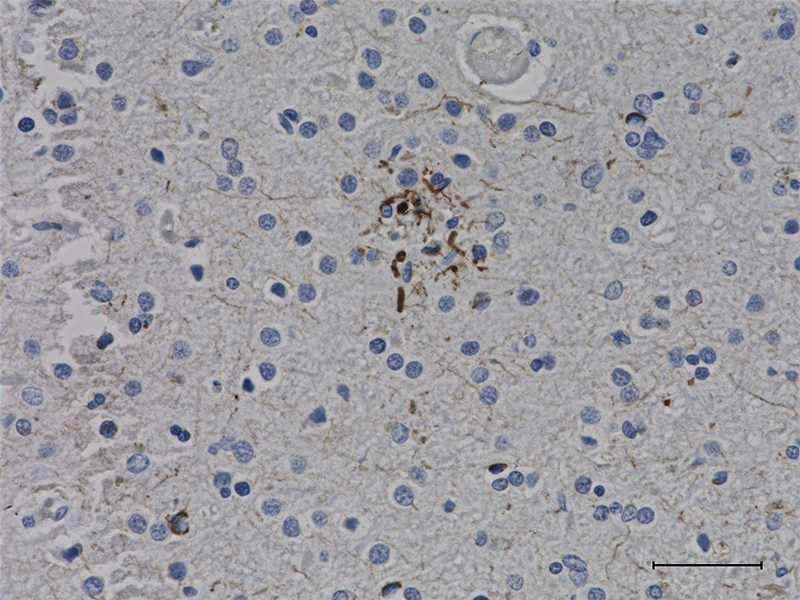



Follow Us